Loading a semi-trailer correctly is not just a procedural step; it’s a science that combines safety, efficiency, and regulatory compliance. Whether transporting goods across town or cross-country, understanding the intricacies of loading a semi-trailer effectively is crucial to ensuring both the integrity of the cargo and the safety of the highways. This guide elucidates the best practices, considerations, and technical details surrounding the complex process of loading a semi-trailer.
Understanding Load Types and Their Implications
Before delving into loading techniques, it’s important to recognize the various types of loads that can be transported in a semi-trailer. Each load type requires a different handling approach, which can significantly affect the loading process.
| Load Type | Characteristics | Loading Considerations |
|---|---|---|
| Dry Freight | General commodities, boxes, and pallets. | Balance the load evenly; use straps and tarps for security. |
| Liquid Cargo | Transported in tanks; requires stable loading and special equipment. | Use baffles for stability; monitor weight distribution carefully. |
| Heavy Haul | Oversized and overweight goods that may require special permits. | Implement low-loading techniques; coordinate with transport authorities. |
| Refrigerated | Perishable goods needing temperature control, typically in reefer trailers. | Ensure power supply for refrigeration; monitor temperature during transit. |
| Bulk Materials | Loose materials like sand or gravel, often loaded and unloaded with machinery. | Use tarp covers; weigh loads before departure to avoid overload. |
Understanding these categories allows the operator to tailor the loading process according to the cargo needs and optimize transport safety and efficiency.
Loading Fundamentals: Steps to Follow
The process of loading a semi-trailer can be broken down into a series of methodical steps. Adhering to these steps ensures that the trailer is loaded efficiently and safely.
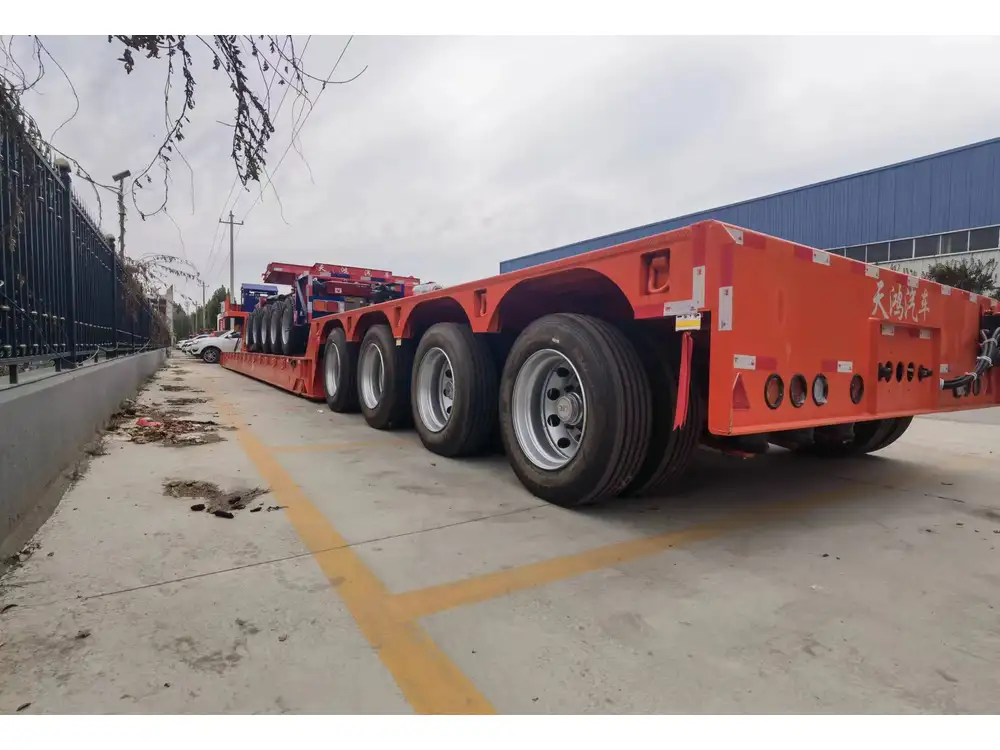
1. Evaluate Load Capacity
Determining Weight Limitations
Every semi-trailer has a specified load capacity, determined by its design, structure, and legal mandates. Before loading, it’s imperative to:
- Check Manufacturer Guidelines: Refer to the manufacturer’s documentation for specific weight limits.
- Consider axle constraints: The Gross Vehicle Weight Rating (GVWR) includes the combined weight of the vehicle and its maximum load.
2. Prepare the Semi-Trailer

Ensuring Suitability and Cleanliness
Before starting the loading process, the semi-trailer must be thoroughly inspected and prepared:
- Inspect the Interior: Check for any debris, damages or obstructions that could impede loading.
- Ensure Proper Tie-Down Equipment: Verify the availability of straps, chains, and other securing devices to protect the load.
3. Establish a Loading Plan
Creating an Efficient Sequence
Having a pre-determined loading plan can significantly enhance efficiency and safety:
- Determine Loading Order: Heavier items should be loaded first, usually at the front, for proper weight distribution.
- Plan for Unloading: Loading items in the order of their delivery can minimize handling.
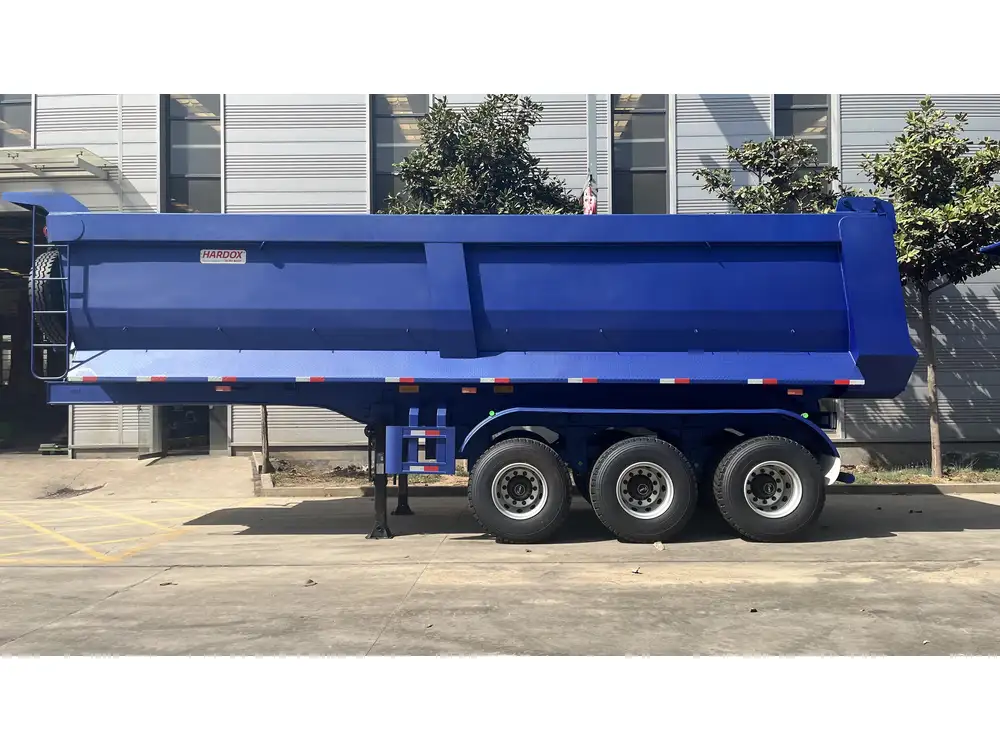
Securing the Load: Techniques and Tools
Once the cargo is in place, the next step is securing it appropriately. An unsecured load can lead to dangerous situations on the road.
Essential Tools for Load Security
- Ratcheting Tie-Down Straps: These are crucial for securing items and preventing movement during transit.
- Cargo Nets: Ideal for securing loose items and bulk materials against shifting.
- Wheel Chocks: Necessary for preventing movement on inclines or while stationary.
Load Securement Methods
- Direct Tie-Down: Strapping directly onto the cargo provides immediate security.
- Over-the-Top Tie-Down: Running straps over the top of freight distributes pressure evenly and provides comprehensive security.
- Blocking and Bracing: Use wooden or metal braces to keep items stationary against movement.
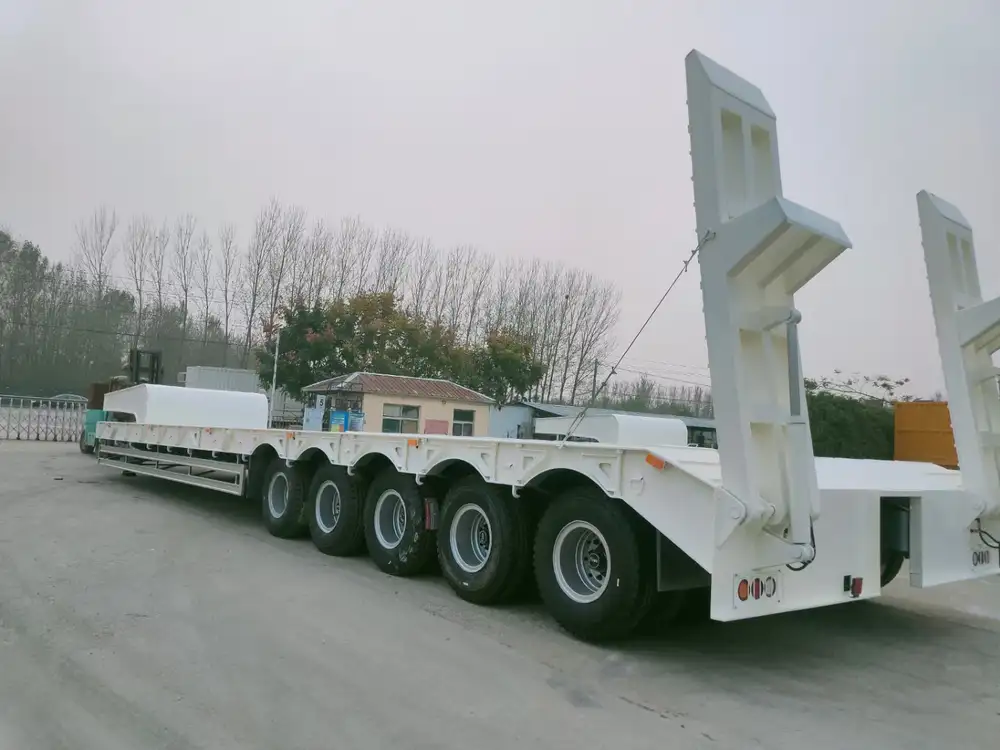
Load Distribution: Best Practices for Stability
Proper load distribution is critical for maintaining vehicle stability. Unbalanced loads can lead to control issues and accidents.
Center of Gravity Considerations
- Lower Center of Gravity: Keeping heavier items closer to the trailer floor enhances stability.
- Even Distribution Across Axles: Load should be balanced side-to-side and front-to-back to enhance handling characteristics.
Monitoring Before Departure
Conduct a thorough check of the loaded trailer to ensure compliance with these practices:
- Leveling: Using a level can help ensure that the trailer is loaded evenly.
- Weight Checks: Weighing the load, especially with heavy or specialized equipment, verifies compliance with regulations.

Legal Requirements and Regulations
Fulfilling legal requirements is non-negotiable in the loading process. Regulations often vary by state and cargo type and must be adhered to strictly.
Understanding DOT Regulations
- Weight Limits: Regulations by the Department of Transportation (DOT) stipulate weight limits to avoid roadway damage and ensure safety.
- Securing Loads: DOT mandates that loads are secured in accordance with strict guidelines.
Permits for Special Loads
For oversized or overweight loads, securing the necessary permits is essential. This often includes:
- Route Planning: Specific routes for oversized loads generally differ based on local regulations.
- Escort Vehicles: May be required for transporting oversized loads, enhancing safety and compliance.
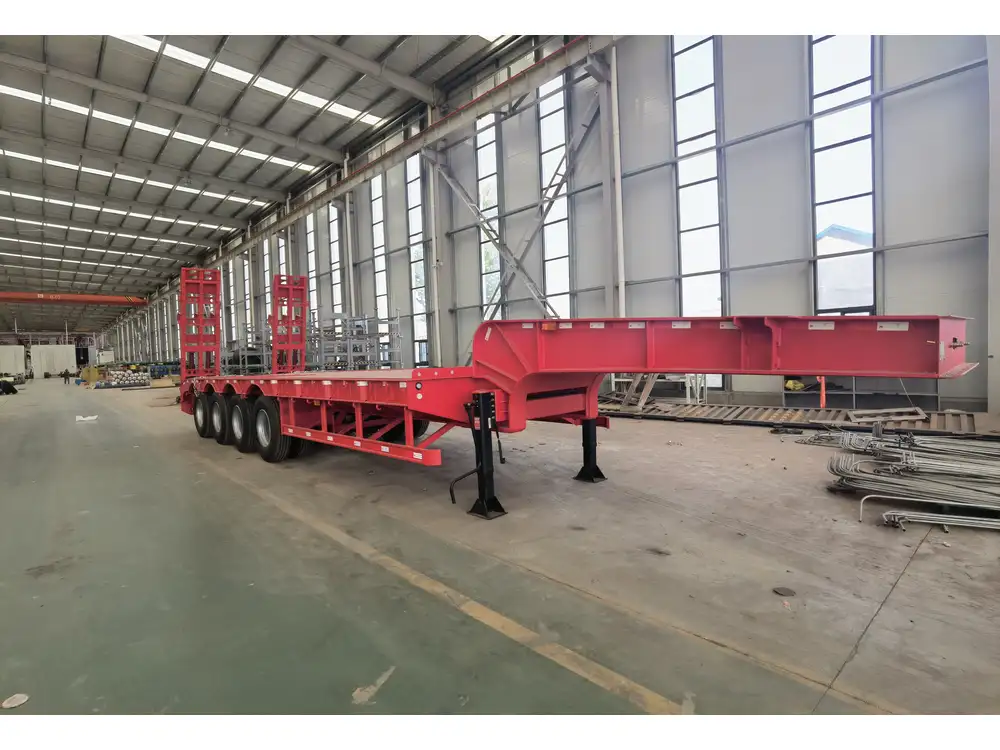
Common Mistakes to Avoid When Loading
Being aware of pitfalls during the loading process can help avoid costly errors:
Overloading the Trailer
One of the most common mistakes is exceeding the weight capacity of the trailer. This can lead to several issues:
- Legal Repercussions: Overloading can result in fines and legal action.
- Safety Concerns: An overloaded trailer greatly increases the risk of accidents due to impaired handling.
Poor Load Securing Practices
Improper securing of the load can lead to shifting and potential hazards during transport:
- Always utilize appropriate tie-down techniques and avoid using makeshift solutions.
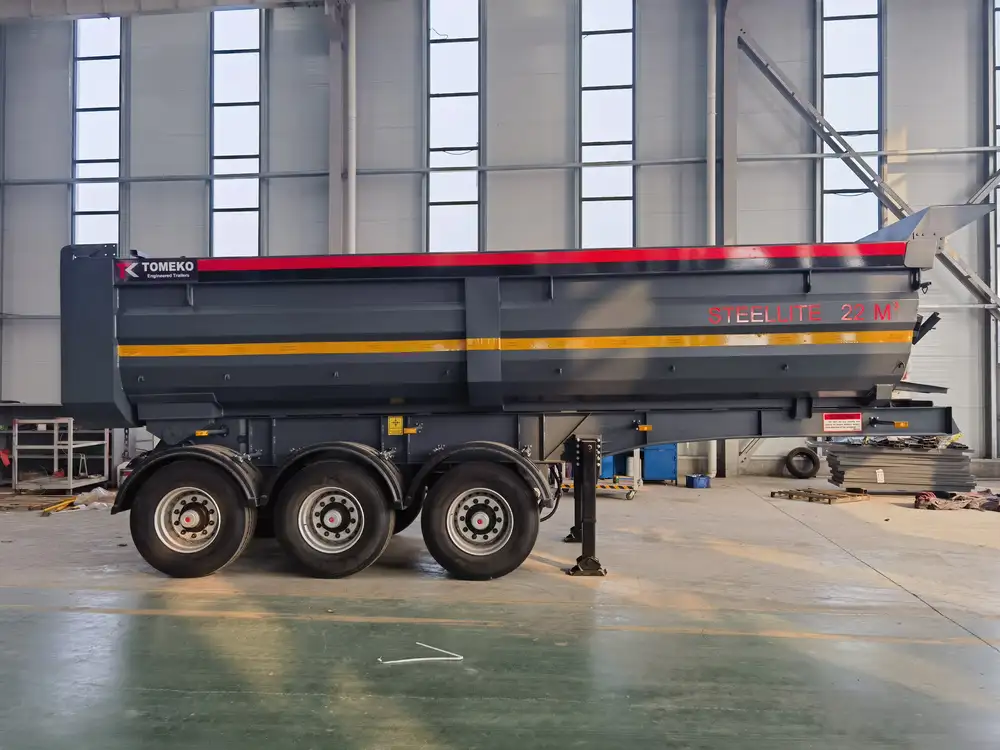
Neglecting Regular Inspections
Failing to inspect the load before departure can lead to oversights:
- Regular equipment checks help identify potential failures that can lead to safety challenges on the road.
The Importance of Training for Operators
Ensure that all operators are well-trained in loading best practices:
- Skill Development: Hands-on training sessions to familiarize operators with various load types and equipment.
- Safety Protocol Familiarization: Training should also cover emergency procedures and incident response.
Conclusion
Loading a semi-trailer is a complex yet essential task that requires a deep understanding of safety, regulations, and cargo handling. By following these guidelines and best practices, we can ensure not only the protection of the goods being transported but also the safety of everyone on the road. Adequate preparation, constant vigilance for regulations, and a focus on proper training are key factors that lead to successful load management and transport efficiency.
As the transportation industry evolves, staying abreast of advancements and changes in regulations will further enhance load management strategies. Adopting best practices in loading a semi-trailer ensures that we maintain a safety-first culture while maximizing operational capacities.



